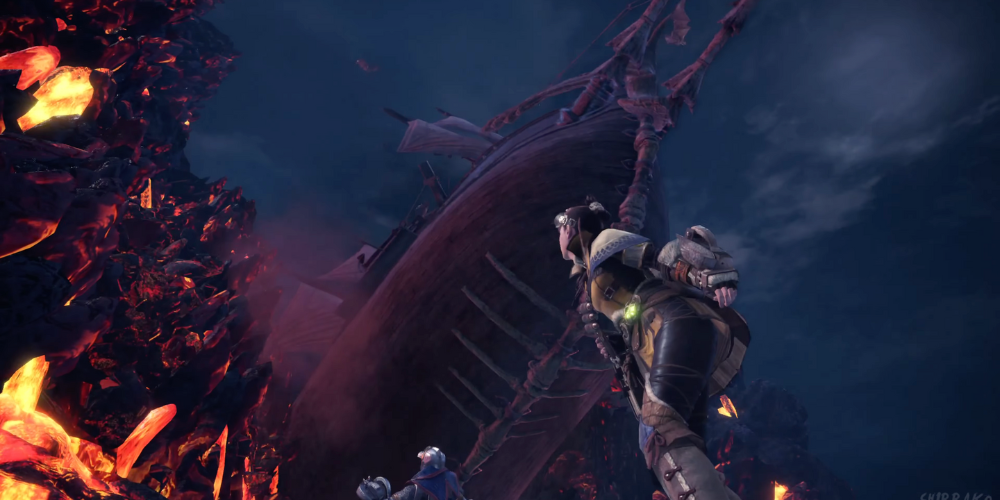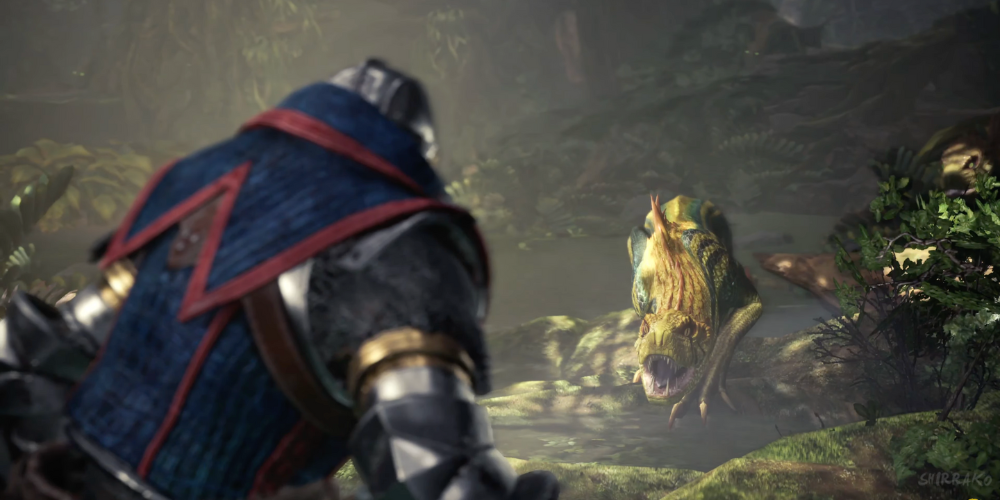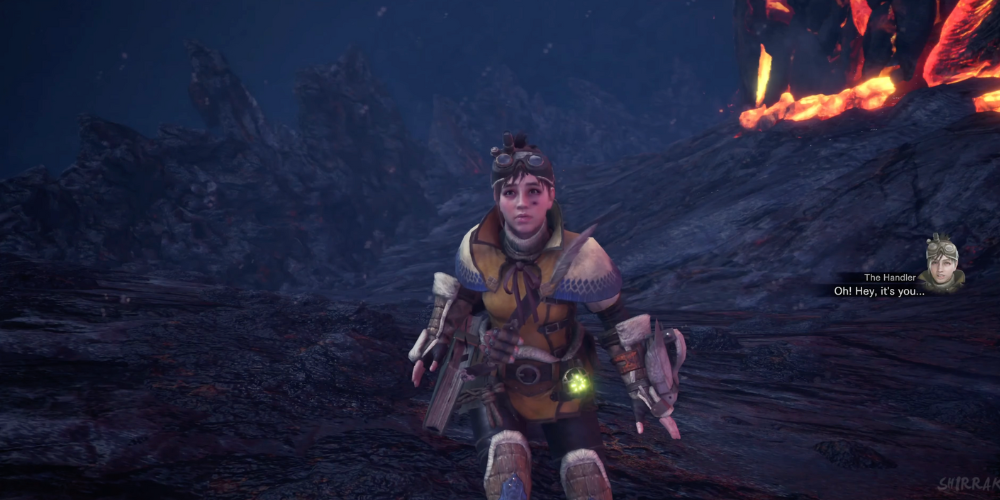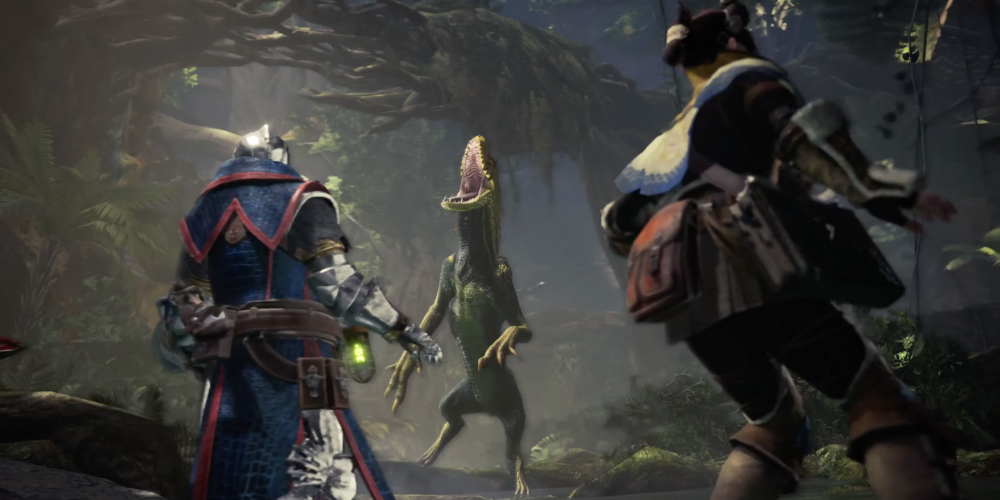Exploring New Territories and Monsters in Monster Hunter: World
- Apr 29, 2024

Since its release in early 2018, Monster Hunter: World has quickly become a cornerstone of the action-RPG genre, captivating an extensive audience with its intricately designed ecosystems and the diverse array of formidable monsters that inhabit them. With each monster presenting its own set of unique challenges and rewards, the game not only tests the player's skill and strategic thinking but also immerses them in a richly detailed world brimming with life and lore. In response to the game’s widespread acclaim and a growing community of dedicated hunters, the developers at Capcom have continuously expanded the game's universe, introducing exciting new territories and even more daunting creatures. These additions have significantly broadened the scope of the game, enriching the player's experience and renewing the adventurous spirit that lies at the heart of Monster Hunter: World. This article provides a detailed exploration into these new environments and formidable adversaries, equipping both veteran players and newcomers with the knowledge and strategies necessary to excel in these fresh challenges.
Understanding the New Territories
The expansion in Monster Hunter: World isn't just about adding space; it's about creating environments that challenge the player’s hunting skills and strategies. Each new area is designed to offer a different hunting experience, filled with unique landscapes, unpredictable weather conditions, and hidden pitfalls that test even the most seasoned hunters.
The Frostclad Ridge

The first new area is the Frostridge, a chilling biome where icy winds and heavy snows create a relentless environment. Visibility can be low, and the cold temperature requires hunters to wear special gear to maintain their stamina. The area is beautiful and dangerous, with frozen lakes that can crack under weight and snow-covered cliffs masking the true shape of the terrain.
The Jungle Outskirts
Lush and dense, the Jungle Outskirts are filled with thick foliage and towering trees, providing perfect camouflage for both hunters and monsters. This region challenges hunters to use more stealth tactics, relying on sound and slight movements to detect camouflaged predators. The humid environment also offers unique flora used for crafting essential items like healing potions and traps.
The Drowned Sands
Contrasting starkly with the Frostridge, the Drowned Sands feature sweeping deserts and ancient ruins half-buried under the sand. Sandstorms can suddenly arise, drastically reducing visibility and adding a layer of difficulty to navigation. Hunters must be wary of quicksand pits and mirages that can disorient even the most experienced adventurers.
New Monsters in the Expansive Ecosystem

Each new territory comes with its own set of monstrous inhabitants, specially adapted to their environments and presenting fresh challenges to hunters. These beasts are not just new targets but integral parts of the ecosystem that can influence how other species and the environment behave.
The Glacial Behemoth
In the freezing plains of the Frostclad Ridge, hunters can encounter the Glacial Behemoth. An enormous creature covered in thick ice, this monster can manipulate the icy terrain to its advantage, creating improbable ice barriers and hurling chunks of ice at intruders. Hunters need to equip ice-resistant gear and employ fire-based weapons to stand a chance against this chilling foe.
The Venomtail Creeper
The dense undergrowth of the Jungle Outskirts hides the Venomtail Creeper, a serpentine monster that uses its tail covered in poisonous spikes to attack and immobilize its prey. Its ability to blend into the surroundings makes it a deadly adversary. Antidotes are a must when venturing into its domain, and keen observation is required to spot this creature before it strikes.
The Sandstone Colossus

Rising from the sands of the Drowned Sands, the Sandstone Colossus towers over its environment, appearing as part of the landscape until it's too late. Composed of rock and sand, this monster can disassemble and reassemble its body, making physical attacks almost ineffective. Water-based weapons or those that can cause large vibrations are recommended to break apart its sandy exterior.
Survival Strategies in the New World
Surviving these formidable environments and their inhabitant monsters calls for strategic planning and adaptation. Here are several tips for thriving in the new territories of Monster Hunter: World.
Equip According to Environment
Always prep according to the specific challenges posed by each new region. Taking the necessary steps, like bringing warm beverages to combat the chill in Frostclad Ridge or having additional antidotes on hand during excursions into the Jungle Outskirts, can determine whether you succeed or fail.
Master the Terrain

Use the terrain to your advantage. Learn where you can hide, the locations of quick escapes, and how environmental hazards can be turned against your adversary. Familiarity with the terrain allows for strategic placements of traps and ambushes, giving hunters the upper hand.
Maintain Flexibility in Your Tactic
Each monster requires a different approach. Flexibility to adapt tactics and change strategies mid-hunt based on the monsters' behavior and the environmental cues is crucial. This might mean switching weapons or modifying attack patterns as the hunt evolves.
Conclusion
The expansion of territories and introduction of new monsters in Monster Hunter: World significantly enhances the gaming experience. By understanding these new environments and the creatures that inhabit them, hunters can fully enjoy the depth and complexity this game offers. Happy hunting, and remember—every hunt is an opportunity to discover and triumph!








